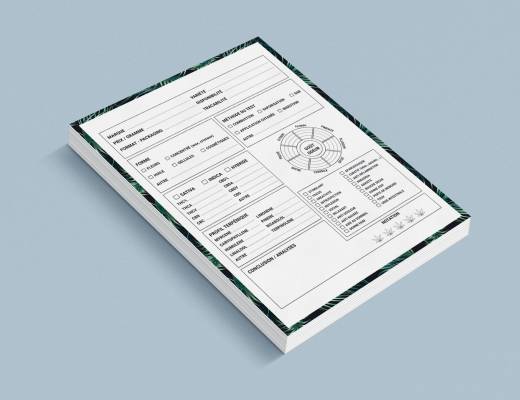How do you save money on your personal style (haircuts, suits, good shoes, etc.) but still look professional when you need to?
The following answers are provided by the Young Entrepreneur Council (YEC), an invite-only organization comprised of the world’s most promising young entrepreneurs. In partnership with Citi, the YEC recently launched #StartupLab, a free virtual mentorship program that helps millions of entrepreneurs start and grow businesses via live video chats, an expert content library and email lessons.
1. Shop With My Habit
There’s an awesome service started by Amazon called My Habit. It offers private, daily sales of more than 60 percent off on designer and boutique brands that can really spice up your wardrobe. Pair a few fashion-forward accessories with good-quality, non-designer fundamentals, and you can seriously rev up your look.
– Robert Sofia, Platinum Advisor Strategies
2. Establish a “Look”
As an entrepreneur, you can dress casual when going to meetings these days while still looking professional. Nice accessories like a decent watch and some good denim will last you quite a while, and you only need one or two of each. This will allow you to wear something as cheap and easy as a Hanes V-neck T-shirt and still exude confidence and success.
– Travis Steffen, WorkoutBOX
3. Buy One “Speaking Uniform” a Year
I get asked to speak at a lot of events, and it can be stressful trying to figure out what to wear — especially since I don’t do much shopping as a solopreneur. I buy just one great outfit every six months or so, and I wear it to every single speaking event (or at least until I have too many pictures in it). I look great, feel great and don’t have to spend time worrying about what to wear.
– Jenny Blake, Life After College
4. Go for Quality
Anytime I’m buying for my professional wardrobe, I pay close attention to the quality of the item. Although it may cost more up front, classical items that don’t go out of style and hold up are cheaper per use in the long run. A $20 pair of shoes that lasts for three months is more expensive than a $100 pair that you can wear for three years.
– Kelly Azevedo, She’s Got Systems
5. Pick a Fashion Guru
I’m not particularly good with fashion, and I don’t necessarily notice when I need to update my look. My fashion guru, who also happens to be my sister, brings my attention to such issues. While I’m not prepared to share my guru, I do suggest finding that friend or relative who’s willing to help. Choose someone who isn’t just fashion savvy — she should also love shopping the sales for you.
– Thursday Bram, Hyper Modern Consulting
6. DIY and Strategically Time Your Shopping
You’d be surprised how many things we rely on others for that we can actually do ourselves. I cut my own hair to save money. However, when time is short, a barber does of course come in handy. For clothing and shoes, buy everything you can for the year (except summer clothing) right after Christmas. Almost every store is doing its best to get rid of merchandise, and discounts are at their peaks.
– Pete Chatmon, Double7 Images
7. Stock up at Goodwill
Believe it or not, Goodwill has a lot of quality clothes that are in good condition. You can stock up on nice dress shirts or pants at a low price. Then, polish off your outfit with a more expensive suit jacket and shoes. Invest in a couple professional pieces that you can wear to all types of events, and then switch it up with more cost-effective undershirts and accesseries.
– Heidi Allstop, Spill
8. Take Advantage of Rewards Programs and Sales
Save money on haircuts by always going to the same business and participating in its rewards program. Shop the clearance sections of major retailers for deals on business attire. Also, check out thrift shops — they often have perfectly good business clothes available for much less money than major retailers.
– Andrew Schrage, Money Crashers Personal Finance
9. Beware of Logos
The best stylists in the world don’t need to see the brand or label on a piece of clothing to know it’s high quality and impressive. Generally speaking, if you’re relying on brand labels to judge the quality of clothes, you’re going to pay a premium — not to mention the tackiness that comes with overpowering large logos. The only logo you should worry about is your own.
– Mike Cuesta, CareCloud
10. Follow the Rule of Two
I always have two high-quality formal outfits (suit, shoes) and two high-quality smart casual outfits (cords, blazer). The way to create variation is with the shirts and ties. I don’t buy big brands. All my formal outfits are from a small/medium-sized Dutch designer, so I only pay for quality, not brand recognition. Oh, and I have a haircut every two to three months, so it’s not that expensive.
– Christopher Pruijsen, FounderBus




